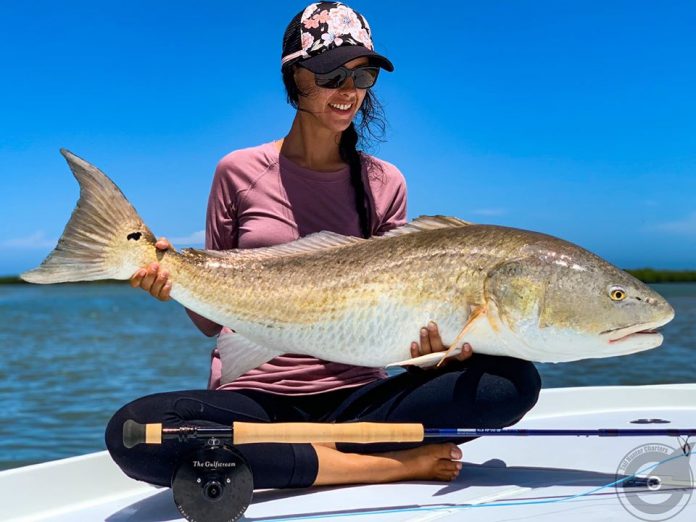Changing Tides Don’t Offer Cut, Dry Solution
FRANK SARGEANT
Published: Nov 7, 2004
One of the questions I get most frequently from readers is “What tide offers the best fishing?”
It’s sort of like asking “How high is up?” The right tide at one spot is the totally wrong tide at another. Some places fish great on incoming, some on outgoing, some at slack high or low.
Fish the tide you get on the days you have off, period. But, here’s a general guide:
On rising water, fish outside grass flats. As the bait moves over the grass, trout will start to feed. As the incoming tide flows over potholes on the flats and around points, reds and snook will feed in those areas. And if you can find a spot where the incoming tide runs straight into an oyster bar or deep mangrove shoreline before being diverted to one side or the other, that’s a sure thing on rising water.
On falling tides, fish main sloughs first. As the water funnels through these cuts – the channels at Big Pass, Cockroach and Bishop’s Harbor, for example – large snook and reds will gather at maximum current areas to whack mullet and sardines coming out. As the water drops lower, move to the outside bars and fish little sloughs and runouts as they make themselves apparent. The lower the water, the more the fish are forced into these cuts as they exit the flats. Expect some big trout in these areas through this month. Topwaters like the 5M Mirrolure, She Dog, and Spit-N-Image will get them.
And on dead low tides, fish the shallow flats for reds. Particularly from now through really cold weather, they’ll be up in water a foot deep, rooting around for crabs and shrimp in the grass. Watch for fins, tails and vee wakes, and toss a soft jerkbait or a plastic shrimp in front of them. You’ll also find trout in the holes on the lower winter tides. (Remember, trout season is closed south of Howard Park through the end of December.) That’s the basic how-to of it, known by most seasoned flatsters. A few other points of interest; tidal cycles repeat about every two weeks; if it’s low this morning at Pinellas Point at 9 a.m., it will be low there again at the same time in about 14 days.
Second, tides around the new and full moons move the most water. For inshore fishing, this usually results in more avid feeding by most gamefish. Particularly for those who seek tailing reds, the two or three days on either side of the new and full moon provide great low-tide action.
And, wind can create a tide of its own. A strong southwest wind in our area can add a foot or two to a lunar high tide. And a big wind out of the northeast, as we often get after a cold front passes, can blow an extra foot of water off the flats. This latter information is particularly useful for those who like to wadefish; walk across sandbars and grass gone dry to the only deep hole left on a flat and everything that lives on that flat will be in the hole, trapped until the tide returns.
There’s lots more to know about fishing the tides, but this gives you the gist of it. You will find tide charts printed on our Outdoors page each Friday, or you can find them online at many sites, including the one maintained by captain Mel Berman at www.capmel.com.
- Jay Mastry - March 26, 2024
- Captains Corner, Gorta - March 23, 2024
- Dave Zalewski - March 12, 2024











